Switch to Linux with these top distros
Windows 7 is dead; it might be time consider switching to a stable, secure and fast alternative

Zorin OS is another of the many flavours of Linux based on Ubuntu. However, one of its key marketing points is its resemblance to Windows – in looks as much as anything else – and the comparison is valid; you’ll quickly feel at home if you’re switching from Windows 7. Particularly neat is the way it handles the windows of apps that stay resident when closed (Slack, for example), dropping active menus to the right of the taskbar for quickly reopening them or skipping straight to specific windows or features. Mount a few shares, and they will appear here, too, where clicking the eject button lets you skip to the one you need.
Installation was a cinch, but again we encountered problems with Wi-Fi (initially, there wasn’t any), and a touchpad that stopped working when waking from sleep. We can’t hold either against Zorin, as we had the same problems to varying degrees with every distribution, fixing the former by installing updates after connecting via an iPhone, and the latter with a script.
Builds are based on Ubuntu’s LTS releases and provide access to both Ubuntu and Zorin repositories. However, if you click download at zorinos.com you’ll be asked to cough up €39, plus VAT. That’s because the default download is Zorin Ultimate, which bundles games, support, a range of business apps and a macOS-style desktop. If you don’t need any of these, click through to Core, which is free. It’s also what we tested (build 15.1).
LibreOffice is preinstalled, alongside a calendar, file manager, media player and GIMP. There’s a handful of utilities, Firefox as the default web browser, and Evolution handling mail.
There’s also a tidy app store, visually reminiscent of the one in Mint, and you have a choice of package managers, including apt, for installing, updating and removing software through the terminal.
If you’ve installed Zorin OS Ultimate, the default bundle also includes HomeBank for managing your finances, Inkscape (vector graphics), Audacity, Kendive video editor, Mixxx DJ software and Xournal, all of which are available – gratis – through the software store if you’ve downloaded the free Zorin OS Core. Unless you want to contribute to the distro’s development by paying for your download, therefore, the most compelling reason to opt for Ultimate rather than Core is the bundled support.

You won’t get lost in Zorin. Alt+Tab cycles through running apps, the application menu is logically arranged and searchable, and its settings are easily navigated. Pressing the Windows key arranges your running apps in a multitasking view. Typing at this point neatly switches to full-screen search with live results, which is an excellent way to surface content within your files, apps, and even live information, such as the time in matching cities (type “libre”, for example, and you not only get your LibreOffice documents and direct links to the apps that edit them, but also the current time in Libreville, the capital of Gabon).
The default theme is clean, muted and logical, easily tweaked if it doesn’t suit, and easily ignored, keeping out of the way when you’re working. Less easy to ignore was the frequent spinning of our laptop’s fans.
However, we didn’t experience any lag in general office tasks, which was our main use case for each of the distros on test, and its performance was broadly in line with vanilla Ubuntu when subjected to Geekbench 5. Its single-core performance turned in an aggregate score of 1,034, climbing to 1,682 in the multicore test; almost identical to Ubuntu’s 1,044 and 1,645. Mint, which is also Ubuntu-based, turned in a multicore score of 2,099.
If you’re rolling out Zorin across a business, school (for which there’s a dedicated Education build with classroom management and control built in), or any other organisation where users won’t necessarily have full control of their own machine, the forthcoming Zorin Grid centralises management of multiple desktops. Once available, admins will be able to push updates to every machine in their fleet, track inventory, install and remove apps and change users’ desktop settings. Grid will initially run from the cloud, but work is ongoing on a locally hosted version to follow.
There’s a beautiful simplicity to Zorin. It’s uncluttered and you could be convinced you were running a test build of a lightweight Windows. If design is your thing, check it out alongside Elementary before making your final choice.
Sign up today and you will receive a free copy of our Future Focus 2025 report - the leading guidance on AI, cybersecurity and other IT challenges as per 700+ senior executives
Nik Rawlinson is a journalist with over 20 years of experience writing for and editing some of the UK’s biggest technology magazines. He spent seven years as editor of MacUser magazine and has written for titles as diverse as Good Housekeeping, Men's Fitness, and PC Pro.
Over the years Nik has written numerous reviews and guides for ITPro, particularly on Linux distros, Windows, and other operating systems. His expertise also includes best practices for cloud apps, communications systems, and migrating between software and services.
-
 AWS just quietly increased EC2 Capacity Block prices – here's what you need to know
AWS just quietly increased EC2 Capacity Block prices – here's what you need to knowNews The AWS price increases mean booking GPU capacity in advance just got more expensive
-
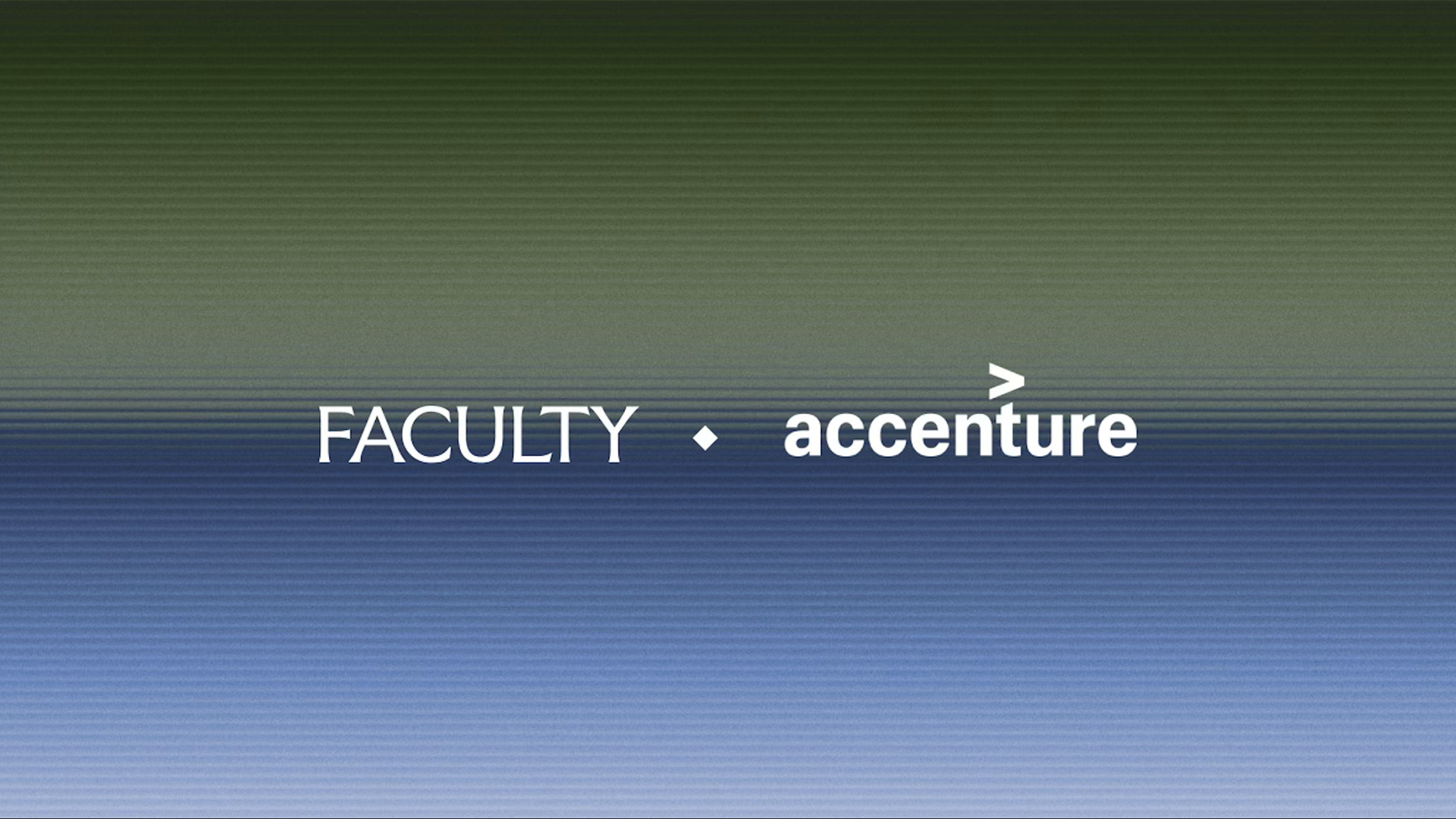 Accenture acquires Faculty, poaches CEO in bid to drive client AI adoption
Accenture acquires Faculty, poaches CEO in bid to drive client AI adoptionNews The Faculty acquisition will help Accenture streamline AI adoption processes
-
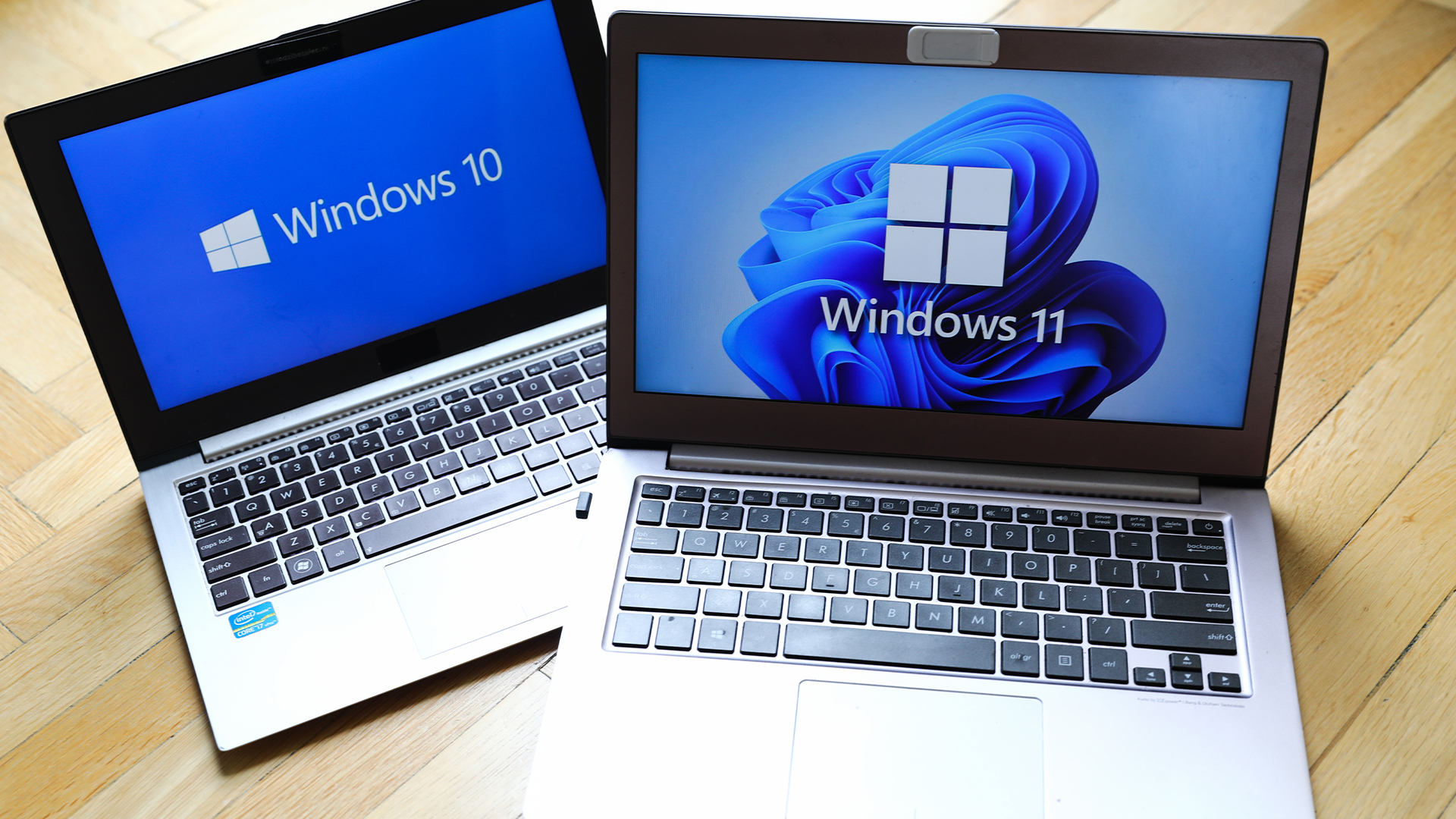 Windows 10 extended support costs could top $7 billion
Windows 10 extended support costs could top $7 billionNews Enterprises sticking with Windows 10 after the October deadline face huge costs
-
 Tiny11 review: Windows 11 with only 2GB of RAM
Tiny11 review: Windows 11 with only 2GB of RAMReview A version of Windows 11 for older machines that don't meet the full requirements
-
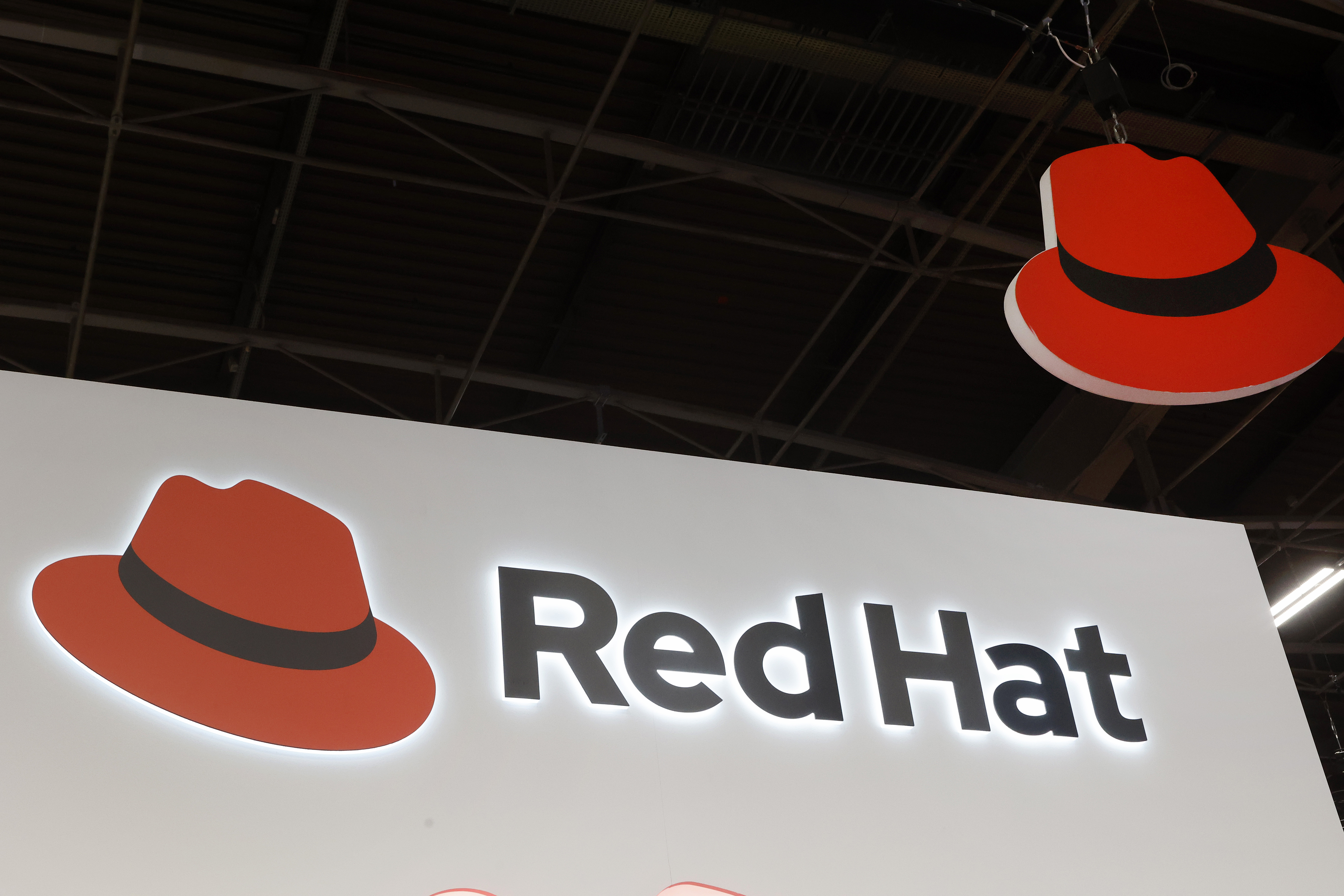 Red Hat Enterprise Linux becomes foundational operating system for Cohesity Data Cloud
Red Hat Enterprise Linux becomes foundational operating system for Cohesity Data CloudNews New strategic partnership between Red Hat and Cohesity aims to drive innovation in the data security and management space
-
 Ubuntu shifts to four-week update cycle
Ubuntu shifts to four-week update cycleNews Critical fixes will also come every two weeks, mitigating the issues involved with releasing prompt patches on the old three-week cadence
-
 AlmaLinux follows Oracle in ditching RHEL compatibility
AlmaLinux follows Oracle in ditching RHEL compatibilityNews Application binary compatibility is now the aim with 1:1 now dropped
-
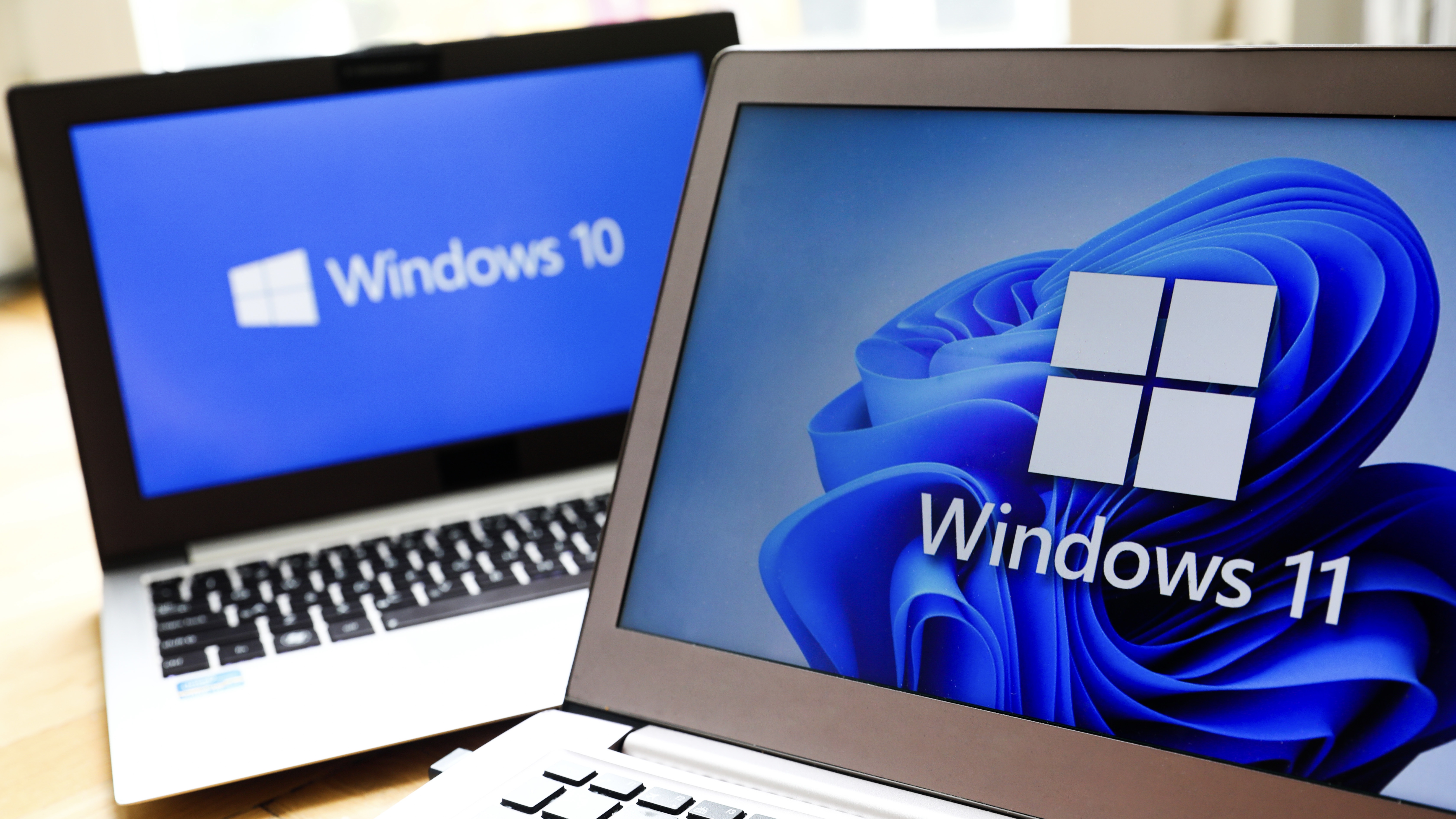 How big is the Windows 10 cliff-edge?
How big is the Windows 10 cliff-edge?ITPro Network With some comparing the upcoming Windows 10 end of life to Windows XP, we ask members of the ITPro Network for their insight
-
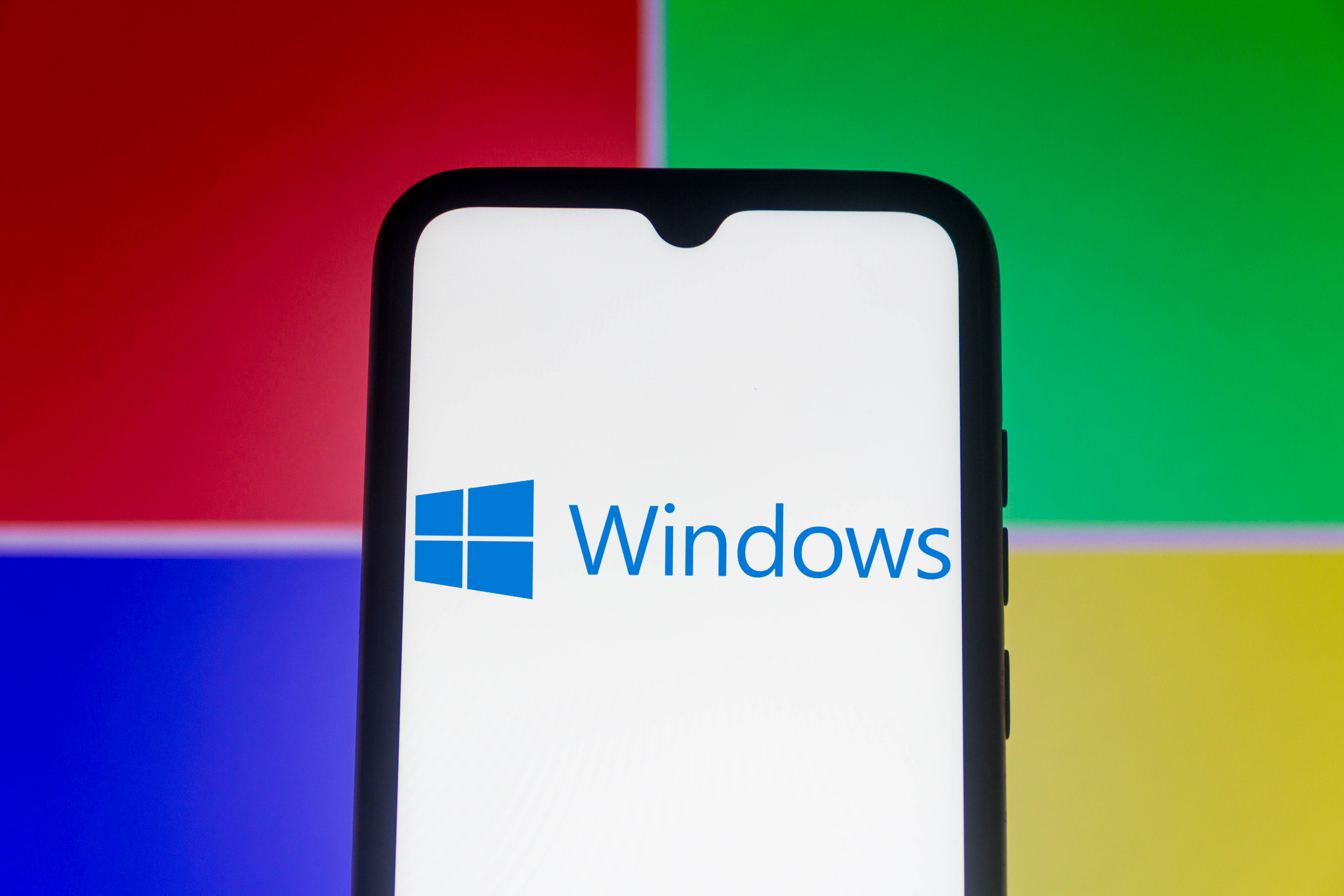 Everything you need to know about the latest Windows 11 updates - from bug fixes to brand-new features
Everything you need to know about the latest Windows 11 updates - from bug fixes to brand-new featuresNews Two new cumulative updates are on the way and will be installed automatically on Windows 10 and Windows 11 machines
-
 How to download a Windows 11 ISO file and perform a clean install
How to download a Windows 11 ISO file and perform a clean installTutorial Use a Windows 11 ISO to install the operating system afresh